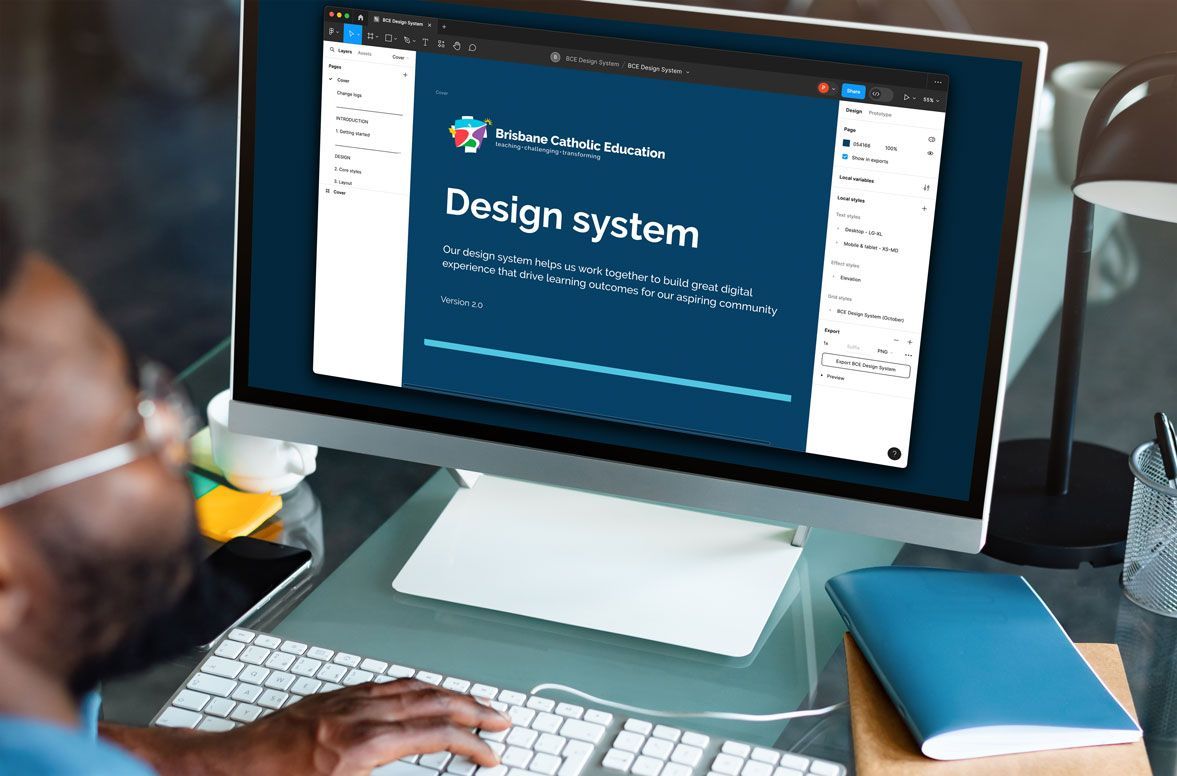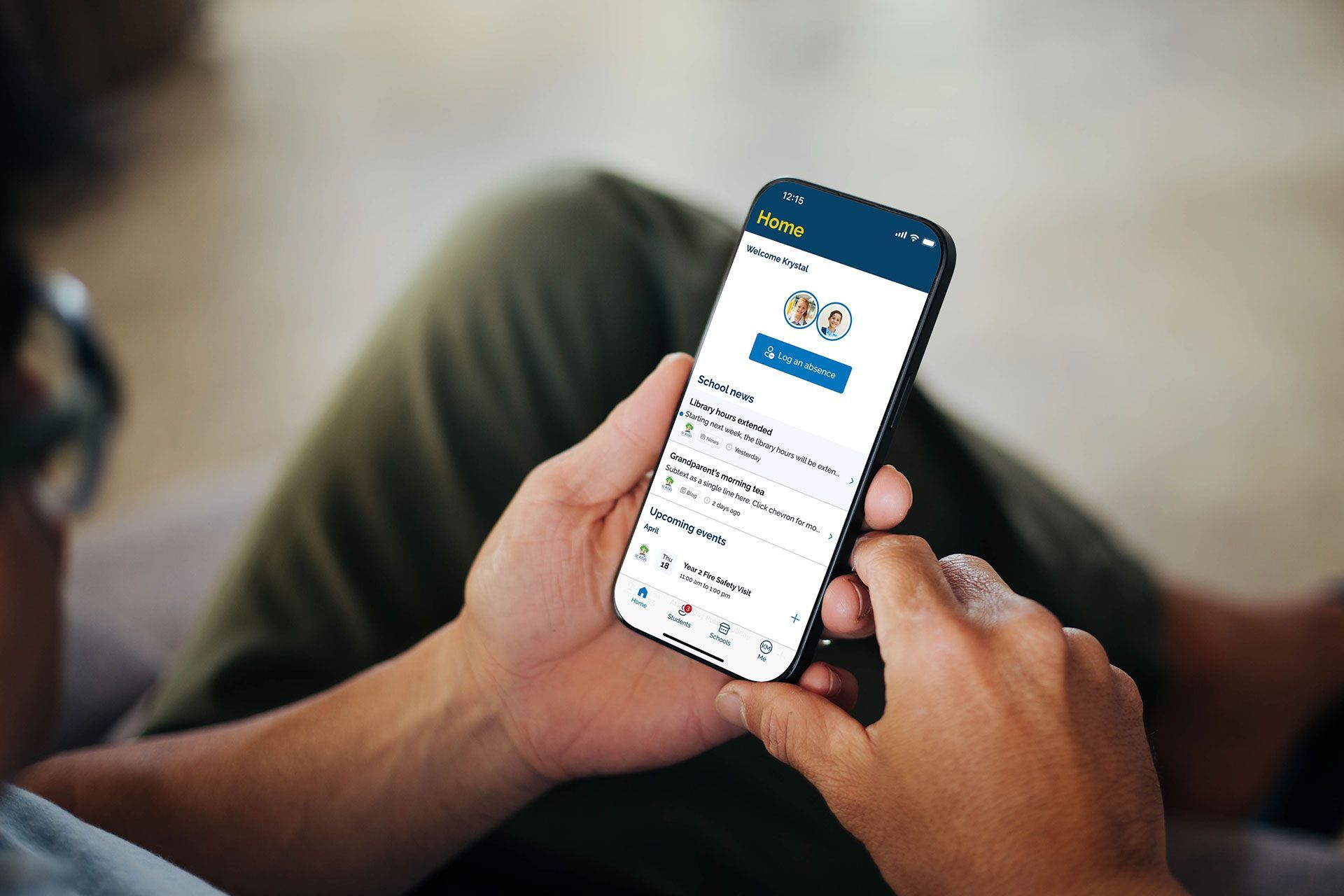UX Internal Reviews
In my role as the Digital Experience Advisor at BCE, I reviewed our teams' UX and UI practices to find better ways to support user-focused design.

Objective
The primary objective was to conduct a review of the user experience (UX) and user interface (UI) methodologies our teams were using. Given that my role was newly formed, the findings from the initial review helped identify where I should focus my efforts in supporting our teams with UX and UI advice. It also allowed me to meet with key stakeholders and learn about their work. A year later, a second review aimed to measure the tangible impact of our efforts and determine if the adoption of UX and UI methodologies had increased.
Research methods
Interviews and survey: I conducted interviews with IT managers, team leaders, product owners and subject matter experts. Their responses were documented, and a survey of UX and UI methodologies practiced was conducted. In 2022, I held 29 meetings, and in 2023, I conducted 22 meetings.
Reports: I presented a summary of quantitative and qualitative feedback to the Head of IT and shared the findings with the entire IT department via a webinar.
Synthesise insights
The first review revealed which methodologies were widely used and which were not. For instance, teams demonstrated strengths in stakeholder engagement, user engagement, and usability testing. However, UI design and accessibility practices were less commonly engaged.
The second review, conducted a year later, indicated an increase in the use of UX and UI methodologies, reflecting a growing focus on user experience among teams. More teams were incorporating UX methodologies in the planning and requirements gathering phases.
A standout insight was that the percentage of products including accessibility in their planning or development had increased to 44%, more than double the number from the previous year, indicating that our efforts to raise awareness of accessible practices were making a difference.
Application of research to design decisions
The findings from the reviews led to several initiatives:
Community of Practice: I established a network of UX and UI champions with regular meetings to share knowledge and promote learning in UX and UI best practices.
BCE Design System uplift: I initiated a project to improve the usability and access to the organisations' design system, ensuring a consistent and accessible user experience across our products.
Accessibility training and tools: I provided training for our IT teams and implemented accessibility best practices to better support our users.
Reflect
Reflecting on the feedback from my Head of IT, who wisely advised, "don't eat the elephant all at once," I adopted a systematic approach to address the findings and provide the best support for our IT teams. By breaking down the challenges into manageable steps, I was able to work with the teams to implement changes effectively and sustainably. This approach fostered a culture of continuous improvement and collaboration, ultimately enhancing the user experience and supporting our teams in delivering high-quality, user-centric solutions.



